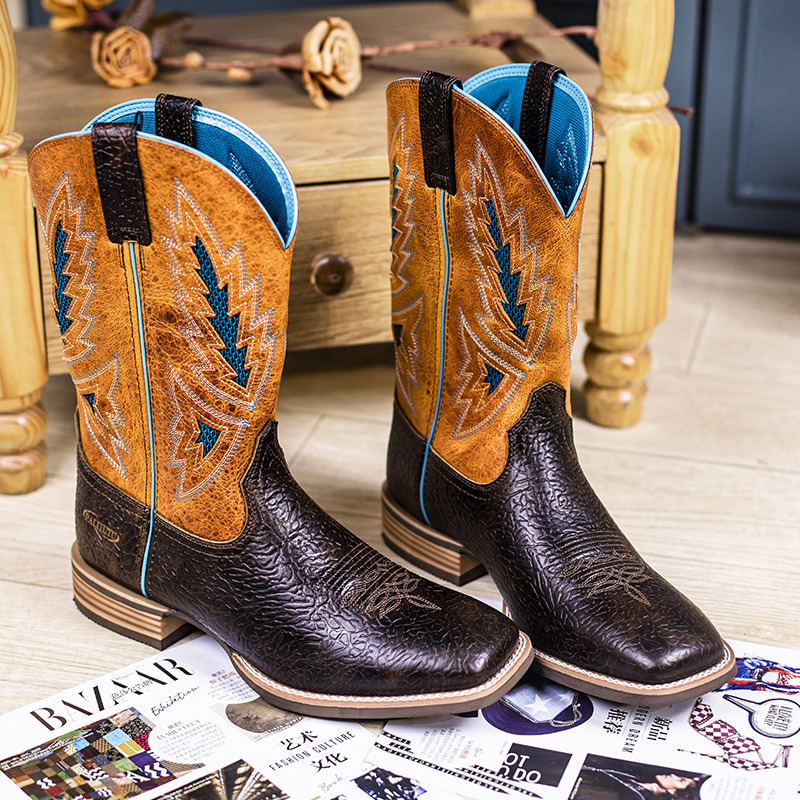As an essential equipment for riders, riding boots are not only related to the performance of riding skills, but also an important tool to protect the safety of riders. The following are a few notes on quality control of riding boots:

1. Material check: Ensure that riding boots are made of sturdy material with no visible wear or cracks. Leather riding boots should be checked for dryness and cracks, while boots made of synthetic materials should be looked for tears or deformation.
2. Proper fit: Riding boots should fit well and be neither too big nor too small. Boots that are too tight will affect blood circulation, while boots that are too loose may fall off while riding.
3. Heel check: the heel is an important part of the boot and should be of medium height, regular shape and free from wear or deformation.
4. zippers and buckles: check whether the zippers are smooth and the buckles are firm, these details are directly related to the wearing comfort and safety of riding boots.
5. Anti-skid sole: the sole of the riding boots should have good anti-skid performance to ensure the stability on the horse's back.
6. internal comfort: check the inside of the riding boots for foreign objects or wear and tear to ensure that the feet are comfortable when wearing them.
7. Cleaning and maintenance: Clean your riding boots regularly and use appropriate maintenance products to prolong the life of your riding boots.
8. Expert advice: If you are unsure about the inspection of your riding boots, consult an equestrian equipment store or trainer for advice.
Choosing and maintaining a pair of proper riding boots is a sign that every rider is responsible for himself and his horse. The right riding boots not only enhance the riding experience, but also provide the necessary protection at critical moments.
 86-513-84298088
86-513-84298088 New technology companies
New technology companies Jiangsu Famous Brand Product
Jiangsu Famous Brand Product
 86-513-84298088
86-513-84298088 New technology companies
New technology companies Jiangsu Famous Brand Product
Jiangsu Famous Brand Product